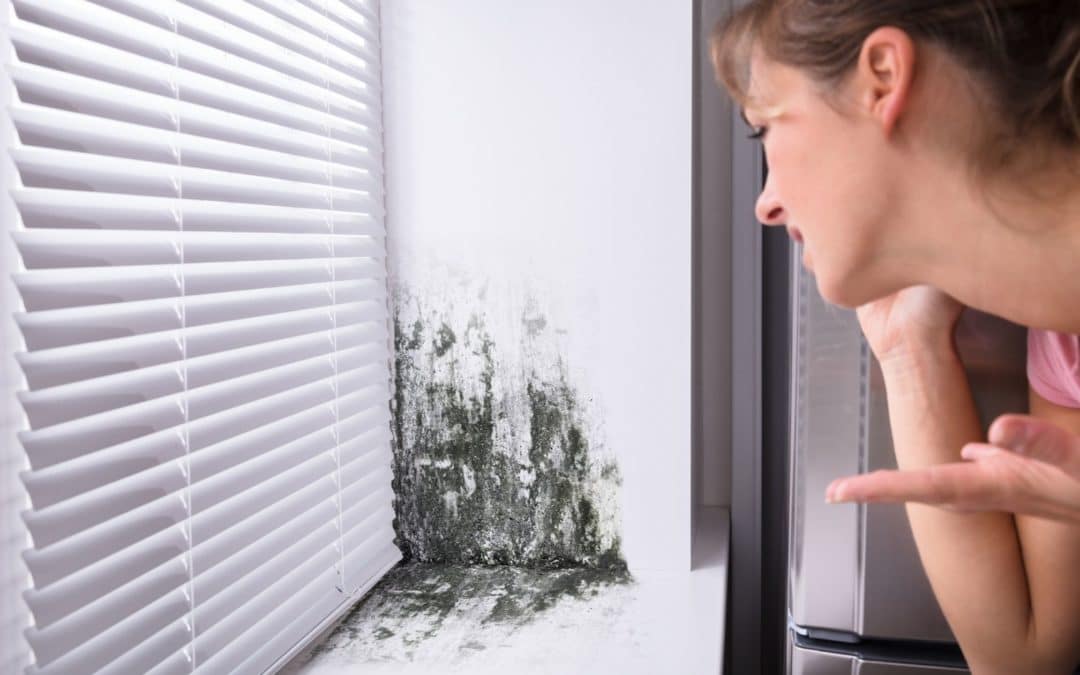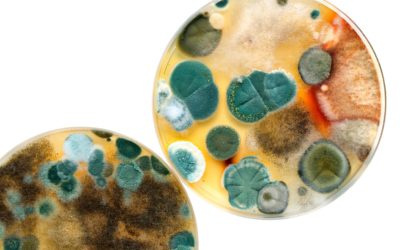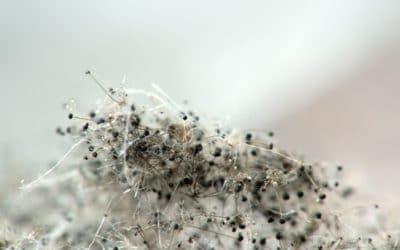The Dangers of Mold
Not only can water damage destroy your home and belongings, but it can also be a danger to your health
Whether it’s from a pipe leak, storm damage, or high humidity, mold can absolutely be a problem for you and your home.
Not that any mold is good mold, but there are some that are more dangerous than others. The longer the mold has to breed, the more dangerous it can get.
Stachybotrys chartarum, commonly referred to as black mold, requires material to be wet for several days to set in. This is one of the most infamous toxic molds because it can rapidly grow in homes and is extremely dangerous to humans.
Mold in Your Home
The Bathroom
The bathroom, one of the most used rooms in the house, is definitely a place where mold can grow and thrive. The most common type of mold found in bathrooms is pink mold. There is usually high humidity and there is always a lot of water. Not only can showers or baths leave puddles on the floors, but the steam from hot water temperature causes a ton of humidity in there.
Oftentimes bathrooms are not very well ventilated, so allowing the water to dry naturally may take longer. In order to prevent mold in your bathroom, clean it regularly and invest in a bathroom fan. This will not only help the bathroom to dry, but it will keep the air circulating and not allow as much opportunity for humidity to pool.
The Kitchen
If you are like most households, then you and your family are in the kitchen a good amount of time. Whether it is for eating to just socializing, this room is a high-traffic area. Not only do you need to be aware of the water-producing appliances, but you need to be diligent about food, too.
In order to avoid mold growth in the kitchen, make sure you clean up spilled liquid immediately and efficiently. Steam from cooked food and from a boiling kettle seems to produce a small amount of water but are just as susceptible to mold growth. You should also often check cupboards and drawers since water can seep into them as well. To lessen the chance of mold in your kitchen, open windows and doors or use an exhaust fan to decrease humidity and to keep the air flowing.
The Laundry Room
Leaks and high humidity aren’t the only ways mold can grow in your house. Something as simple as doing your laundry can put you at risk. If damp clothes are left in the washer for more than 24 hours, there is a huge risk of mold growth.
If your dryer is not well ventilated, there is a large amount of moisture released into your home. Hanging your clothes to dry inside can also lead to mold growth. It is best to put your clothes in the dryer as soon as they are finished in the washing machine.
Flooding and Mold
There is a good chance that at one time or another in your home, you will experience some type of flooding issue. If your house is affected by an actual flood, it will obviously take some time for the water to recede and for your home to dry. Oftentimes, it can take days or weeks to dry out. Mold only needs 24 hours to begin to settle in. Over a few weeks, the mold issue in your home could get completely out of control.
Mold on Walls
Unfortunately, mold can not only grow on walls, but inside them as well. Drywall, for example, is one of the most common areas in a home where mold and grow. There is no way to completely remove the mold from the drywall, so it usually has to be cut out, which can be a long and expensive process.
You need to be diligent about mold growing behind the wall. Wall cavities contain humid moist air and are out of sight. Additionally, mold can grow behind wallpaper glued to your walls. Since the wallpaper glue contains organic debris, this then becomes a food source for the mold.
Most people think that heat and humidity are the only cause of mold, but the cold can also lead to its growth.
Cold surfaces produce condensation in your home. It can collect on the cold, metal pipes and pool into a puddle. Areas in your home affected by condensation are absolutely at risk for mold. This is especially true for non-well ventilated areas such as your basement. Since basements are often colder than the rest of the house, condensation is a real concern.
Detecting Mold
There are ways to detect mold in your home, even if you can’t actually see it. You may start to suffer allergy-like symptoms. Oftentimes, you can even smell the mold. You may also notice small patches of it on the walls. This is a good indication that there is a larger amount of mold on the other side of the wall and starting to seep through. These are all good indications that mold may be present and it might be time to consider finding an expert in mold removal.
As with any water damage situation, it is always best to have time on your side. However, that will not always be possible. It is very common for leaks to happen in homes or businesses, and we don’t always notice them right away. Unfortunately, if the water is left pooling for too long, mold will start to grow. Always take the time to assets your home and business for anything that looks out of the ordinary. It is always better to be safe than sorry.
If you suspect mold in your house, contact Affordable Water and Mold Removal for a mold assessment.




